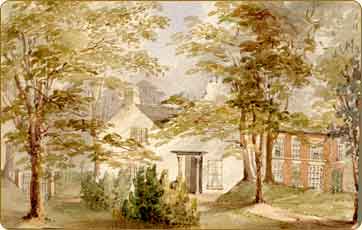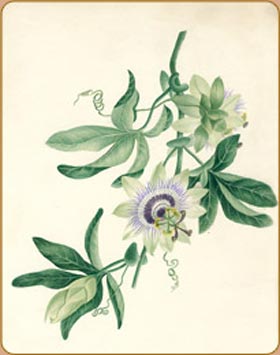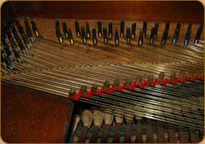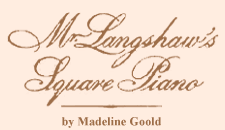Portraits on a Piano
Women's Things
It is often the women's things that are the richest source of history, yet they are frequently overlooked. Forgotten in a nineteenth-century architectural archive dedicated to the important men in the family, were Emily Langshaw's sketchbooks and scrapbooks kept by her daughter and granddaughters.
Their observations, letters and printed ephemera recalling their two organist ancestors brought many of the characters in Mr. Langshaw's Square Piano into the here and now. The things they left, paintings of the places they visited, of the town where they lived, of one another, were a priceless source of information about several generations of the Langshaws from the Georgian era, through the Industrial Revolution, to the 1960's

The Hollins by Emily Langshaw c.1832
They left a treasure trove of history. Their fragile papers still pulse with human emotion; the passion that inspired their paintings is still palpable. For me, sitting amidst the detritus of a cold museum storeroom, they made history live and I felt privileged to have found them.
 Passiflora by Emily Langshaw c.1832
Passiflora by Emily Langshaw c.1832
Directions for Painting
By Emily Langshaw - glued into a granddaughter's sketchbook
"Make yourself as short-sighted as you can. As though you will not see particulars, just generals, retreat back to a distance with half-shut eyes and observe the true forms, with the distribution of light and shade.
Too much relief gives a dry hard effect; too much blending, insipidity.
Ultramarine and indigo are good blues together in foregrounds and landscape. Newman's permanent yellow for lights on foliage.
Rose madder is also nice for subduing too blue a distance.
Be liberal with colour. Use plenty of water."





